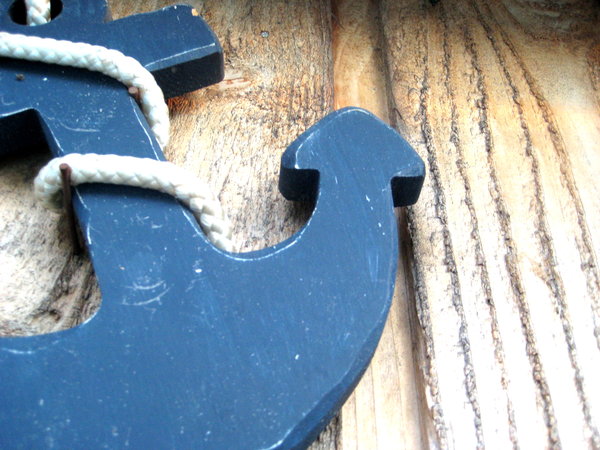Your cart is currently empty!

Understanding Anchor Text
Anchor text is the words used to link from one web page to another. For example, I think you might enjoy our post on lessons from What Not to Wear. In the previous sentence, the words “What Not to Wear” are the anchor text — you click on those words and you’ll be taken by your browser to another page on this website.
Your website will probably have internal links that take visitors from one page to another on your website; external links that take visitors to other websites; and backlinks from other websites to your website.
Internal links
When you link from one page at your website to another page at your own website, you have complete control over the anchor text for the links. The most important thing is to make sure that your visitors know where they’re going. In the first paragraph of this post, we linked to a light hearted post featuring an old TV show called What not to Wear. Using the title of the show as the anchor text in a sentence that clarifies the relationship of the post to the show lets readers know exactly what they’ll find when they click on the words.
Back in the mists of time when hyperlinks were new, people used to use “click here” as anchor text. That might have made sense back then, but now people know they’re supposed to click on a link to go to another location. Instead of instructions, they should get a clear indication of where they’re going.
You can also use important keywords for anchor text for internal links — when it also makes clear where the link will take people. I might link to our post on HIPAA-compliant social media with just that anchor text: HIPAA-Compliant social media. This helps search engines understand not only what that post is about, but also that we consider it important content on that subject.
External links
When you link to other websites, you’re telling Google that you consider those websites valuable sources of information on the subject mentioned in the anchor text. I’m a big fan of Guy Kawasaki, and his Skillshare class on entrepreneurship is an inspiring resource. I could have used a lot of different anchor texts for that link:
- Guy Kawasaki
- Skillshare
- scaling your business
- class
… and plenty more. You certainly want to make sure that your visitors can tell where an external link is taking them. You could have a relationship with the website you’re linking to that guides your choice of anchor text. The webmaster may ask for specific anchor text. Just give it some thought — and don’t use “click here.”
Backlinks
When you request links from other sites, keep it natural. While many websites will link to your company name or primary keywords, other people’s decisions about what your website has to offer are part of search engine algorithms. When you make less of an effort to sculpt anchor text, you get more of that human judgment.
You can see from the Google Search Console screenshot below that we don’t have carefully sculpted anchor text. Apart from the very frequent “Contact us” internal links, we have hundreds of different kinds of anchor text strings leading back to our website, from “view session slides” to “these guys helped untangle some of the subtle questions I didn’t know I had” to lots of topics we’ve written about. We might reach out to some webmasters and ask for anchor text that fits with our keyword list, but we shoudn’t do so much of that sculpting that it obscures the natural effect.
Anchor text is about usability as much as it is about SEO. Put your visitors first, follow these best practices, and don’t get so carried away with link sculpting that it makes your website look shady.
by
Tags:



Leave a Reply